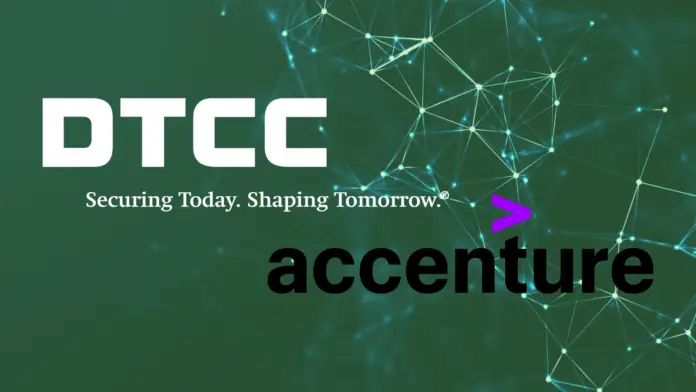
The DTCC (Depository Trust & Clearing Operation) and Accenture together unveiling research on DLT networks. Distributed Ledger Technology (DLT) is introducing a governance operating model to deal with the risks and results of an evolving DLT platform. This new model will ensure the safety of the network as well as benefits for the involved participants.
Globally, DLT is improving corporate and enterprise operations. In this model, several responsibilities and critical functions will be checked to operate and maintain the platform of DLT. The governing function will affect the contractual agreements, connectivity, activity, software changes, and transaction finality for every user in the network.
The chief technology architect of DTCC, Robert Palatnick, said that the industry of financial services had been rapidly growing in the field of data and processing power from the past 50 years. He said that DLT is secure, private, and can transform the digital world. But, there is a need for a strong and transparent governing model to get more benefits.
In the DLT Governance model, there are 8 functional areas in the DLT platform that will be operated and maintained by this model.
- Governance: For making strategic decisions after evaluating the risk for the community of the DLF network. There are four areas of responsibility that are Steering committee, Technical Working Group, Functional Working Group, and Change Committee.
- The Lifecycle of the Participant: It includes management of onboarding new member of the network. It will include all the interactions with that member during the participation.
- Operations at the Run Time: It includes entire day-to-day functions of DLT. The operations are monitoring, reporting, change, support, and release management.
- Governance of Data: It includes the data and new concepts from every participant.
- Management of Third-party: It provides functions to the vendors or service providers that are connected to the network.
- Management of Platform: It is the ecosystem of DLT that supports multiple layers of DLT.
- Infrastructure: It involves managing third-party providers as well as defining responsibilities of ownership in the operations of infrastructure.
- Legal and Finance: This area is to check the risk areas regarding the patent, crossing of global borders, tax models licensing risks, etc.
The managing director of the capital markets of Accenture, Wynn Davies, said that in collaboration with DTCC, Accenture had created its governance model to check and manage the risks and results of the DLT platform. The governing paper is just the beginning of the critical dialog, and it needs to be in progress. DLT platform is widely adopted, and it is required to research, experiment and learn about the governance processes.
The DLT model is a critical part of the Trade Information Warehouse (TIW) of DTCC. It initiated the migration from legacy mainframe database’s existing central as well as industry-wide ledger for the Credit Default Swaps (CDS) to DLT leveraging cloud platform.
